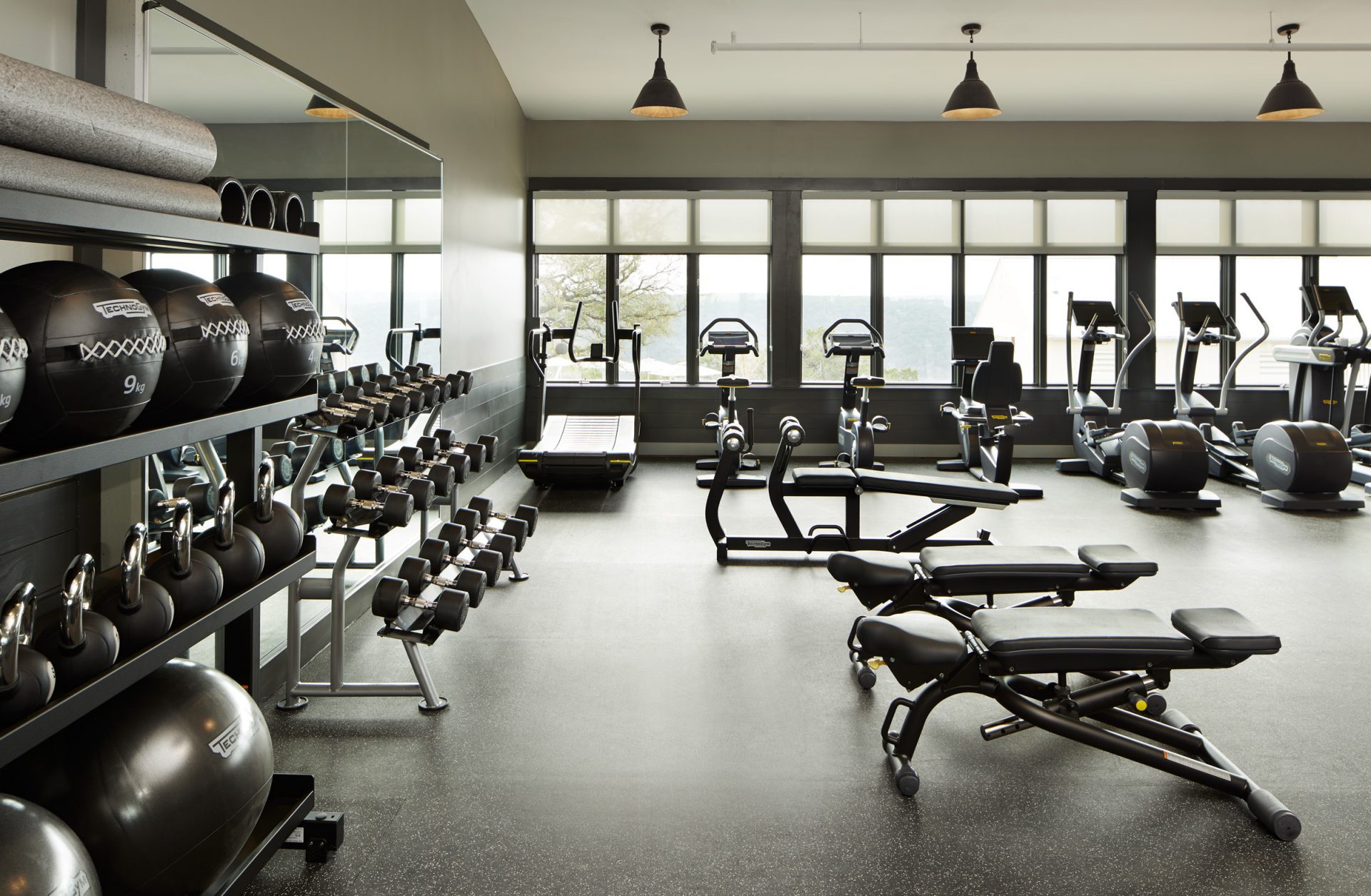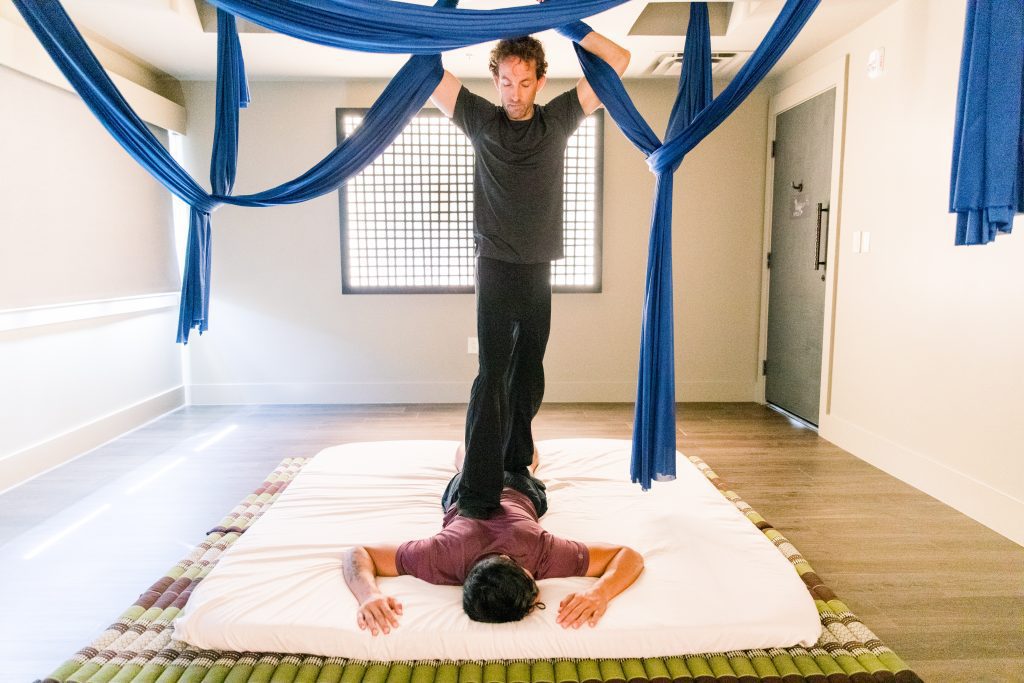Leadership In A Digital World
By Catherine Price
Technology is a double-edged sword. It lets us log in remotely and work from anywhere but it also keeps many of us perpetually tethered, even when we need a break. Our lack of role models or guidelines for digital etiquette makes it even harder to create healthy boundaries with our devices: everyone around us seems to be running full tilt, so we feel like we have to be constantly sprinting, too.
This is why Miraval Mode is so important: when we give ourselves the chance to fully disconnect, it enables us to switch from spending our workdays reacting to whatever awaits us in our inboxes to proactively deciding how we want to allocate our time. This makes our lives more rewarding and can also boost our productivity and focus.
Disconnecting can feel unfamiliar or uncomfortable at first. We have gotten so used to constant stimulation that when we try to slow down, our minds keep racing. Sometimes, taking a break can even make us feel anxious, as we worry about what we might possibly miss.
But far from slowing us down, Miraval Mode can help us become more productive and efficient. Whereas multitasking distracts us and saps our energy, Miraval Mode refreshes us and helps us stay focused. By making us more present, it strengthens our relationships, both at home and at work. It reduces burnout and keeps us motivated and engaged.

You don’t need to be at Miraval to experience the benefits of Miraval Mode—you can recreate it simply by setting some boundaries for your devices, and choosing times to deliberately disconnect.
Start by setting aside several hours this week during which you will turn off your phone and log out of your email. If this makes you feel anxious, simply create an auto-response for your email saying that you’re not checking email at the moment, and tell people when they can expect a response.
Then use the following suggestions to set better boundaries for yourself and begin to model healthy digital habits for everyone on your team—whether at work or at home.
Start by trying to do just one thing at a time. Many of us multitask because we think that doing so makes us more productive. But in reality, the opposite is true: the more you multitask, the less efficient and productive you will be. This makes complete sense if you think about it. If you’re driving a car down a highway and you need to make a sharp turn, you’re going to need to slow down in order to switch directions. The same is true for our brains: every time we shift our attention from the task at hand to something else (even if just for a moment, as we often do when checking email), it slows us down.
So limit the number of browser tabs you have open and don’t leave your email open in the background. Instead, decide ahead of time when you will check your email (and for how long) and when you’re done, close the program entirely.
If you’re on a phone call, focus on the phone call; don’t simultaneously try to answer email. The same goes for when you’re at home. If you’re watching a movie, just watch the movie; don’t text. When you’re eating dinner, keep everyone’s phones off the table—or better yet, in a different room entirely.
Say “no” to notifications. Most notifications are there for app makers, not us—and they’re one of the biggest sources of distraction in our lives. Today, set aside a few minutes to adjust the notifications on your phone (and your computer!) so that you only receive the notifications that you want to receive. Try to keep them to an absolute bare minimum; you can always re-enable any that you actually miss.
Then, when you’re trying to concentrate and get work done, put your phone on “airplane” or “focus” mode, so that you are not interrupted. Notice what a difference this makes in your ability to get work done.
Create guidelines for digital etiquette. Some companies ban smartphones from meetings as a way to increase engagement and productivity. Others explicitly tell employees not to send email outside of work hours or access their work accounts while on vacation, in order to reduce burnout and ensure that they come back refreshed. Others encourage employees to only check their inboxes at set points during the day and call each other for urgent matters—a technique that greatly boosts productivity because it reduces the number of times each day people are interrupted by new messages.
In short, if you want to be a better leader and inspire your team, it’s essential that you set boundaries with technology — for your colleagues, for your employees, and for yourself. Miraval Mode is a great first step.
Catherine Price
Catherine Price is Miraval’s Digital Wellness Ambassador, founder of Screen/Life Balance®, and author of books including How to Break Up With Your Phone and The Power of Fun: How to Feel Alive Again. She helps people scroll less and live more. Guests can learn more about her work—and get her books, plus more resources and practical tips—at ScreenLifeBalance.com (and @_catherineprice on Instagram, where she does her best to use social media for good




















